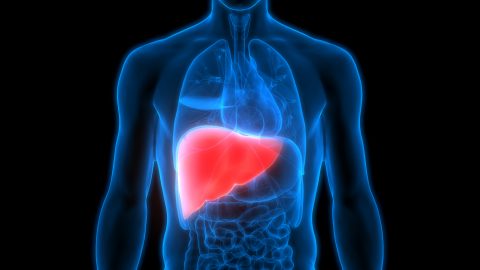
Using Big Data to Improve the Lives of Liver Disease Patients
Authored by Ayesha Rajan, Research Analyst at Altheia Predictive Health
Introduction
The liver is an extremely important organ in our bodies and is responsible for several tasks; of its many functions the most important tasks is its filtration and detoxification functions. The liver also helps regulate blood sugar, breakdown fat, produces and recycles blood at certain points in our lives, and many, many other supporting functions. Clearly, the liver performs key actions to keep our bodies healthy and functioning so anything that decreases its capabilities, such as liver disease, is important to look at. Liver disease is a very broad term and refers to any issue that affects the liver’s ability to function. Liver issues are classified as a disease when 75% or more of the liver tissue is affected which is when decrease in function begins. It can be caused by one or many factors – infections such as hepatitis, autoimmune diseases, certain cancers, genetics, alcohol abuse and increased fat accumulation can all play a role in the onset of liver disease. The use of data to analyze these factors, as well as metabolic factors, is very key to improving the diagnosis and management of liver disease.
Discussion
There are a few quantifiable factors that are related to liver disease; those factors include: Age,Gender, Total Bilirubin, Direct Bilirubin, Alkaline Phosphatase, Alanine Aminotransferase, Aspartate Aminotransferase, Total Proteins, Albumin and Albumin and Globulin Ratio. All of these variables have been positively correlated to the presence of liver disease and would be important factors for any algorithm that looks at liver disease or other diseases that compromise liver function. The Global Journal of Computer Science and Technology published a report in 2010 that looked at how to apply statistical modeling and machine learning to the study of liver disease. They used three different supervised algorithms – Naive Bayes, KStar and FT Trees – to predict the accuracy of liver disease diagnoses and found that FT Trees provided the highest level of accuracy at 97.10%. Such a high accuracy rate provides a solid foundation for other researchers to add in new variables and factors to further improve that rate. Also in this area of research is a project led by Harvard Medical School, Massachusetts General Hospital and Georgia Institute of Technology that has set out to further understand the effects of alcohol in relation to liver issue related deaths. The project begins by modeling drinking patterns against alcohol based liver issues in patients born from 1900-2012 and then utilized different intervention scenarios to see if reducing alcohol consumption also lowered chances of liver issue related deaths. The findings, in line with most practical medical advice, found that liver function decreased with alcohol consumption and its functionality improved more with each intervention that happened sooner than later.
Prevention
The most important thing you can do to keep your liver healthy is to eat healthy foods and live a healthy lifestyle, including reduction of alcohol consumption. There are several genetic factors that, unfortunately, cannot be mitigated, however, having genetic tests done so that you are aware of any increased risk you may have is critical and can help you determine how much you may need to adjust your lifestyle to accommodate those factors.
Conclusion
Similar to many other diseases, liver disease is quantifiable in many ways. There are already several promising studies that have created a solid foundation for further research in the area of machine learning applications to this field of study; additionally, there are also promising studies that show the importance and influence of lifestyle interventions in changing the success rate of patients suffering from liver disease.
